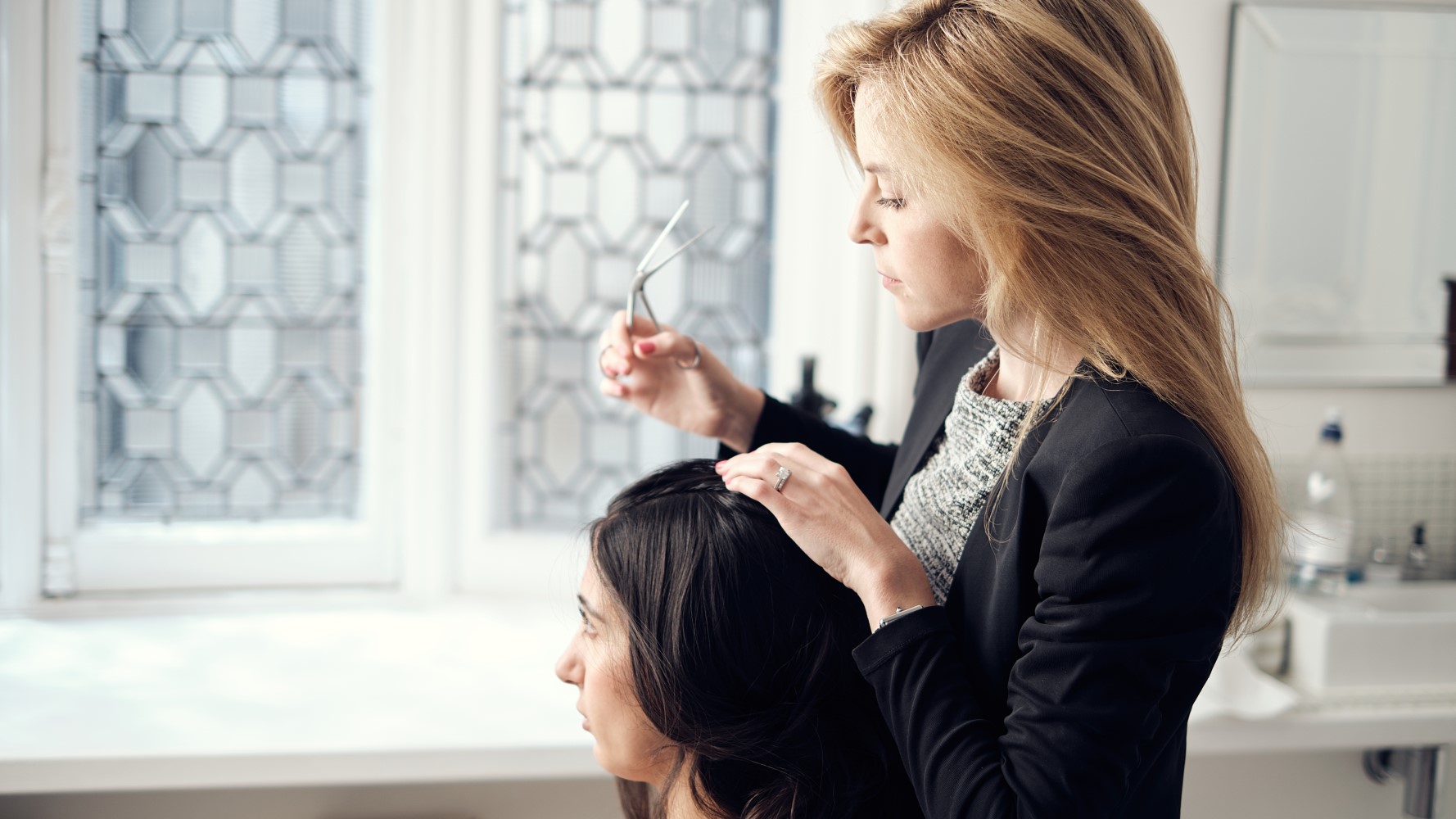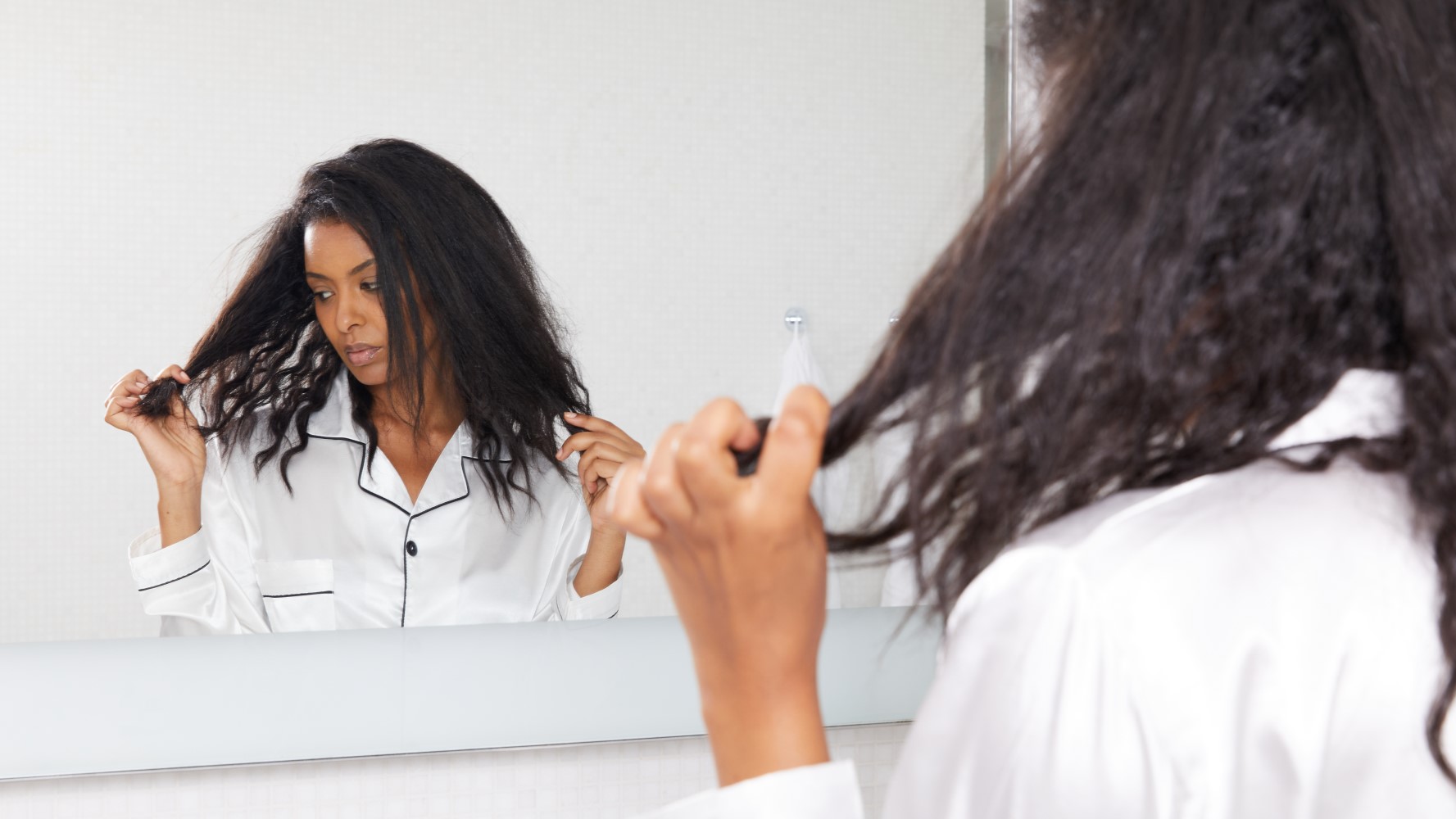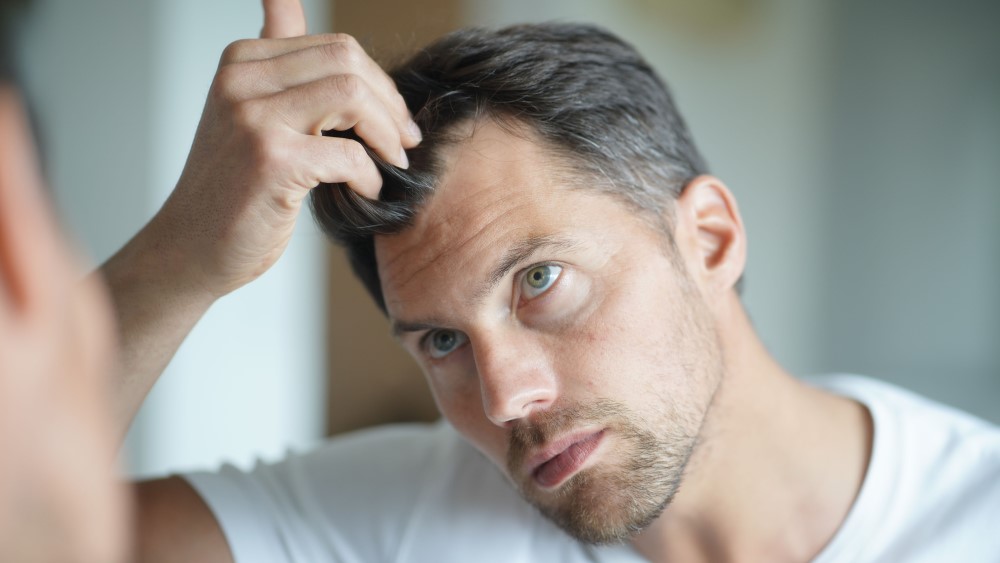Trichological Hair Loss Service
Complete our 2-minute assessment today and receive a personalised hair loss treatment plan, with our discreet, bespoke subscription service.
What is Male Pattern Hair Loss?
The most common cause of hair thinning and balding for men is Male Pattern Hair Loss, also known as androgenetic alopecia. While an individual man’s likelihood of being affected by Male Pattern Hair Loss is influenced by genes, it is not easy to predict whether or not he will experience it.
Can Male Pattern Hair Loss Be Treated?
Treatment for male hair thinning can take time, partly because of the rhythm of your hair growth cycle, and partly because you will probably have lost at least 15% of your hair volume before you even notice it.
However, there are effective products available that can help slow hair thinning, and also improve hair density. The earlier you start treatment, the more hair you are likely to be able to keep.
Treatment for hair thinning must always address the hormonal sensitivity that is present in your hair follicles. This can be done using topical treatments that are applied to your scalp, and/or oral medications that work internally.
Treatment for male pattern hair loss usually involves one or a combination of any of the following:
- Anti-androgenic oral medications, such as finasteride (the active ingredient in Propecia)
- Topical hair follicle stimulants such as minoxidil and methyl nicotinate
- Topical anti-androgen lotions or foams
- Stress management (stress can raise DHT levels in your body)
In the Philip Kingsley Clinics, our Trichologists formulate prescription-only scalp drops, containing a combination of anti-androgenic hormones, as well as a follicle stimulant. If you would like more information about our bespoke drops, please contact us.
Oral Medications for Male Pattern Hair Loss
Oral treatments for hair thinning aim to control your body’s production of dihydrotestosterone (DHT). DHT is the male hormone that causes a miniaturisation of hair follicles in those with a genetic sensitivity to it.
Drugs used to treat male pattern hair loss are called DHT blockers, or 5-alpha-reductase inhibitors. 5a-reductase is the enzyme responsible for converting testosterone in your body to DHT. These drugs attempt to restrict its effects.
What should you do if you notice hair thinning when on the pill?
If you have noticed a change in the density of your hair, increased scalp hair shedding, or facial hair growth since starting or stopping an oral contraceptive, we suggest you consult with your doctor and/or a Trichologist.
Please note: Always consult your doctor or gynaecologist before changing, starting or stopping any contraceptive pill.
If you would like to discuss what to do about your specific experiences with birth control hair loss, click below to arrange an appointment at one of our Trichological Clinics.
Please note: Always consult your doctor or gynaecologist before changing, starting or stopping any contraceptive pill.
Finasteride as a remedy for male hair thinning:
Finasteride (the active ingredient in Propecia) was originally used to treat benign prostate enlargement. But it was also shown to reduce hair loss in some patients, and even to help a proportion of users regrow some hair. Finasteride works by blocking 5a-reductase, which in turn reduces your body’s conversion of testosterone to DHT.
Unfortunately, finasteride does not work in all cases of hair thinning. This is because there are two types of the enzyme 5a-reductase — Type I and Type II.
Finasteride blocks Type II, but not Type I. So men whose bodies produce Type I of the enzyme may not see results.
Finasteride is available from pharmacies and is taken as a daily tablet [containing 1mg of finasteride]. Initial results (if the tablet works for you) should be seen after 3-4 months. Full results should be seen after 9-12 months.If you stop taking finasteride, the beneficial effects on your hair will start to wear off after 6 months. By 12 months, your hair will revert to its original state before treatment. Any hair you have managed to regrow will most likely fall out.
The dosage of finasteride for male hair thinning [1mg a day] does not cause as many unpleasant side effects as the 5mg dosage given to treat prostate enlargement. But undesirable side effects can still occur. Possible side effects include [but are not limited to]: erectile dysfunction, decreased libido, inability to ejaculate.
Topical Treatments for Male Pattern Hair Loss
Minoxidil
Minoxidil is the active ingredient in Regaine (Rogaine). It was originally used to treat hypertension — but it was also found to encourage hair growth on the face, body and scalp.
Minoxidil does not combat the effects of DHT on your hair follicles. Instead, it is a vasodilator, which means that it dilates (widens) your blood capillaries at the site of application. Minoxidil is most effective when used in combination with a topical anti-androgen to block the effects of DHT on your follicles.
It is not currently known exactly why minoxidil works to combat hair thinning. One likely theory is that dilating the blood vessels in your scalp increases the blood flow to your hair follicles, helping to stimulate hair production.
Minoxidil is available over the counter in pharmacies. It is applied once daily to the scalp in the form of a lotion or foam, usually as a 5% solution.
First results should be seen after 4 months, due to the timing of the hair growth cycle. Initial regrowth is likely to be fine in texture, but your new hairs should eventually grow to match the appearance of the rest of your strands. Possible side effects include [but are not limited to]: redness, irritation or itching at the site of application; unwanted hair growth on the face or body.
Treatments for Male Pattern Hair Loss at the Philip Kingsley Clinics
At our Clinics, our expert Trichologists work with an in-house doctor to offer a variety of bespoke, prescription-only Scalp Drops that you apply topically to your scalp. Some of our Scalp Drops contain hormones and some do not. Your Trichologist will be able to recommend the best personalised treatment for you.
We also provide different strengths of minoxidil, selected by our Trichologists depending on what best suits your body, health and age. Please note, our Trichologists do not prescribe minoxidil on its own, because this is not the most effective treatment for reduced hair volume. Minoxidil is a hair follicle stimulant (it helps to keep hairs in their growing phase) and should be combined with an anti-testosterone ingredient for maximum effect.
If you would like more information about Philip Kingsley treatments for hair thinning, please do not hesitate to contact our dedicated customer service teams in London and New York.
Concerned about hair loss?
Recieve a tailored male pattern hair loss plan in 2 minutes with our quick questionnaire.









